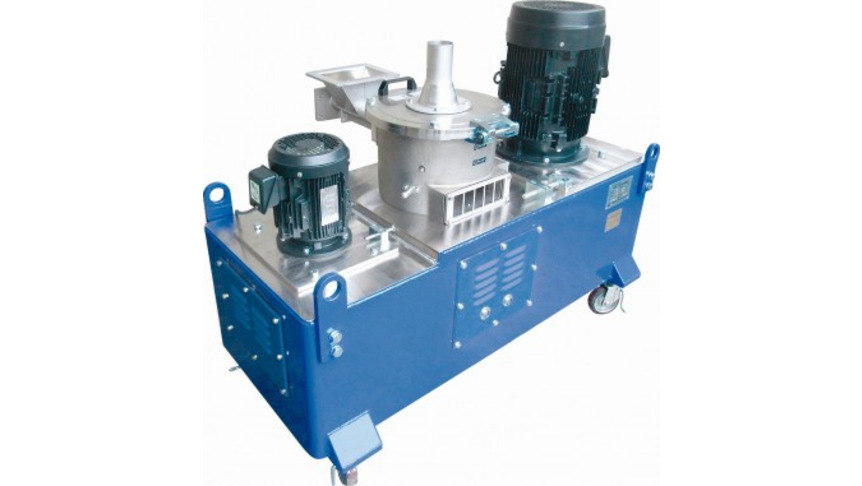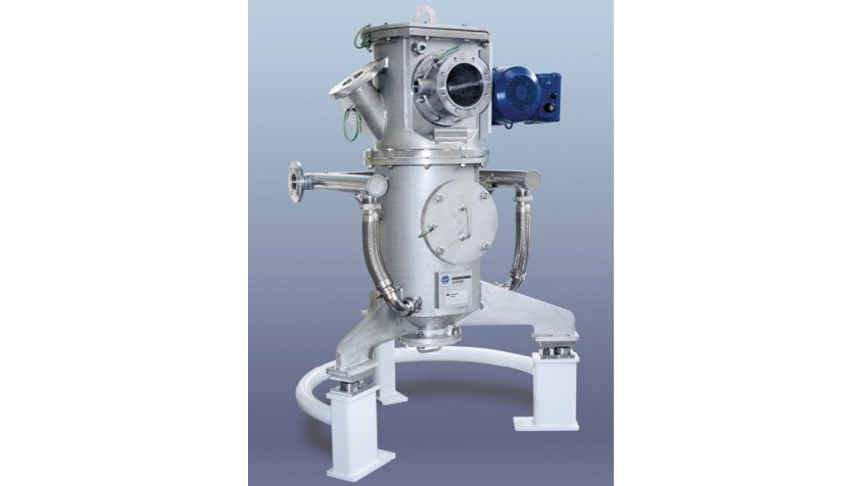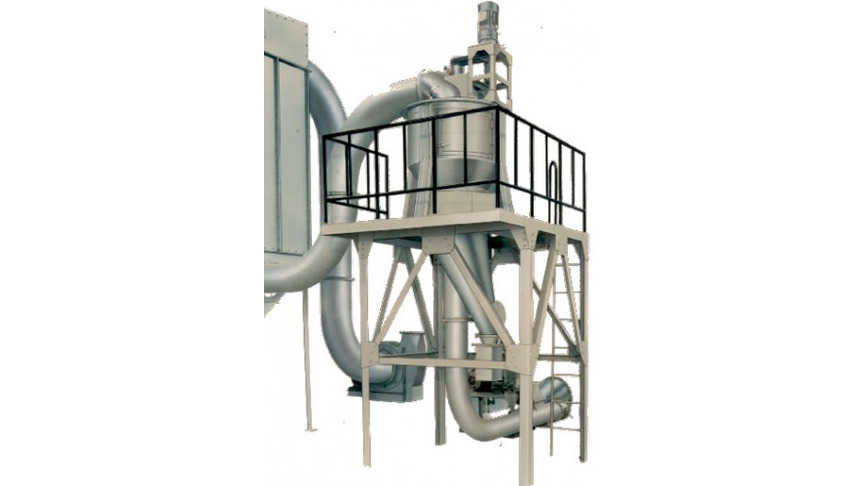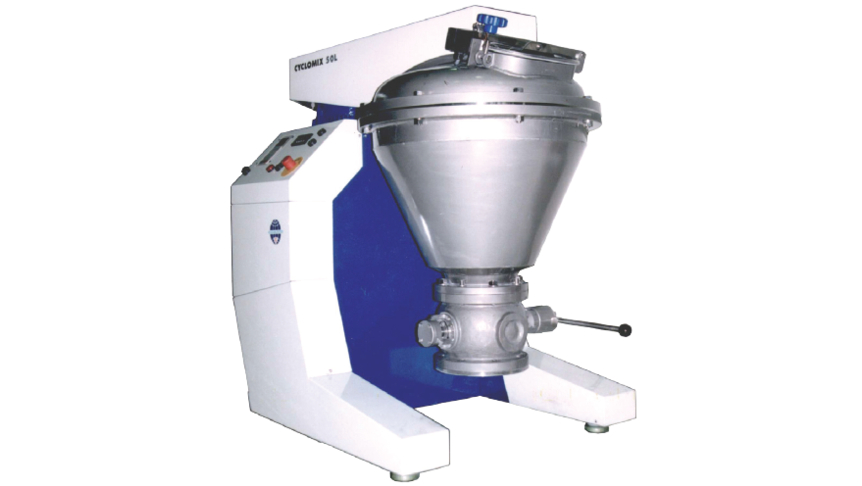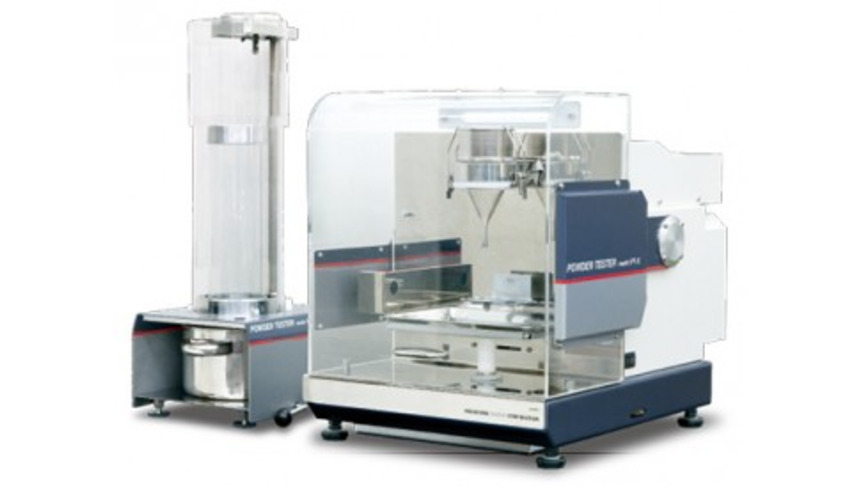- Industries & Machines Industries & Machines
- IIoT IIoT
- Service-Toll Processing Service-Toll Processing
- Material Material
- News News
- IR Information IR Information
-
Sustainability
Sustainability
Sustainability
- Introduction
- Hosokawa Micron Group "Basic Human Rights Policy"
- Hosokawa Micron Group "Basic Policy on the Environment"
- Sustaibality Policy - Mission Statement
- Editorial Policy
- Integrated Report
- Materiality & Strategy
- Technological contribution to a sustainable global environment
- Contributions towards a safer, more secure and prosperous society
- Sophistication of governance that supports business
- ESG Data Collection
- Sustainable Business Management ~ Finance
- Infromation Disclosure Based on TCFD Recommendations
- Jobs and Careers Jobs and Careers
-
About Us
About Us
About Us
- Greetings (Company Introduction)
- Hosokawa Micron Group "Basic Human Rights Policy"
- Hosokawa Micron Group "Basic Policy on the Environment"
- Management Philosophy
- Corporate Overview
- Corporate Profile
- Business Areas and Strengths
- Corporate History
- Hosokawa Micron Group
- Domestic Facilities
- Overseas Subsidiaries (Asia)
- Overseas Subsidiaries (Europe)
- Overseas Subsidiaries (America)
- Asian Agents
- Powder Technology Research Institute
- Industrial Property Rights
- Journals and Books
- Technical Information
- Annual Publication "Micromeritics"
- Compliance Charter
- Privacy Policy
- Cookie Policy
- Quality Principle

Industries & Machines
- TOP
- Industries & Machines
- Industries Search
- Powder Coatings and Metal Powder
Powder Coatings and Metal Powder
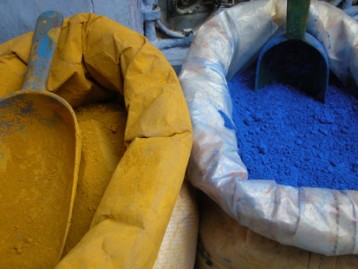
Summary
Powder coatings are powdery, solvent-free coatings formed by the influence of heat during melting and hardening processes.
They are applied to work piece and/or components by means of electrostatic or triboelectric spraying. Small powder coating particles of only a few µm in size fly through an electrostatic field surrounding a coated work piece, forming a coating that is uniformly between 20 and 60 µm thick on all sides.
Once the powder coating has been applied, it is burnt in for a few minutes at temperatures of between 120 and 200°C. Depending on the individual requirements, the surface can be a high-gloss, satin finish, matt, structured, colored or transparent coating with an enamel-type finish.
Composition of powder coatings
Powder coatings consist of a mixture of resins (epoxy, polyester, polyurethane and acrylic), fillers, additives, hardeners and pigments. The composition depends on the required features such as reactivity, storage properties, gloss, mechanical properties and resistance to solvents, etc.
Applications
- Standard paints & lacquers:
clear lacquer, base coat and topcoat for the automobile industry, for all kinds of metallic parts, bicycles, plastic components and others.
- Thin-film powder coatings:
for shelves, office furniture, household appliances, the electronics sector, coil coating, etc. The ability of achieving a particularly thin layer with these thin-film powders helps to reduce the coating costs.
Requirements
- Top-size limitation with no oversize particles
- Minimum ultrafine portion because the extreme
adhesive properties might adversely affect the
application
- Low energy requirement
Contents
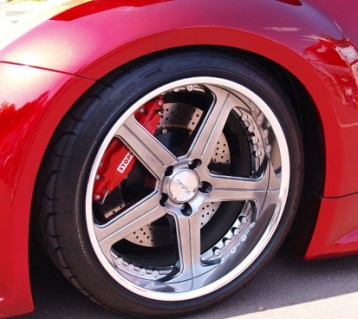
Fig.1 Tire wheel (Example of powder coating)
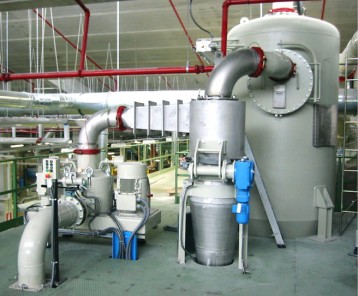
Fig.2 ACM40 CX PSR 11 system
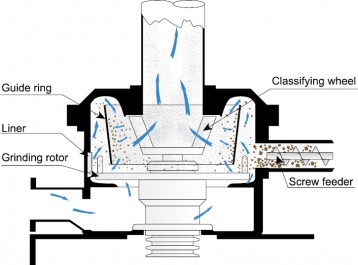
Fig.3 Schematic figure of ACM Pulverizer
Grinding with ACM Pulverizer
To produce powder coatings, the chips must be ground to specifications and then classified. Great attention is paid to ensuring that the systems and components used are easy to operate, clean and maintain. With this objective in mind, we constantly refine our machines in order to meet the increasing demands in terms of powder coating quality.
The system concept shown here, comprising an air conditioning unit, ACM classifier mill, Micron Separator MS, cyclone, ultrafines filter as well as screening machine and packing unit, is designed for either cyclone or classifier operation. The cyclone is mounted to pivot, meaning that both operating modes can be realized quickly and easily by simply adjusting the position of the product ducting. The screening and packing unit is in mobile design and is positioned underneath the cyclone or classifier as the case may be.
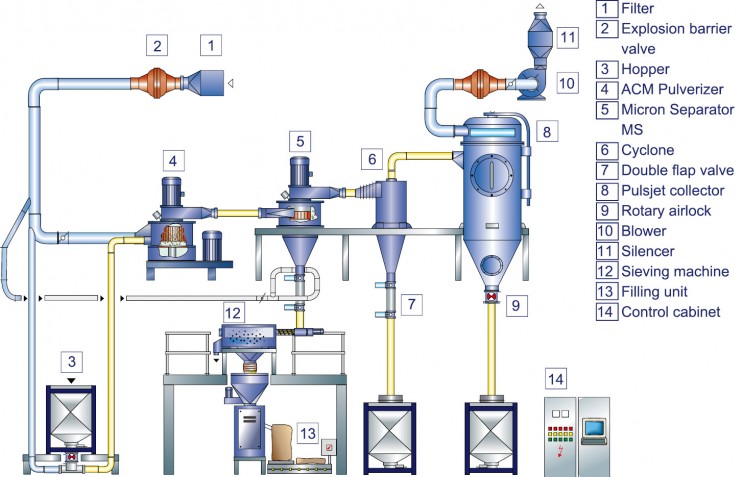
Fig.4 Continuous milling system of powder coating
Besides the established ACM, Hosokawa has many other innovative system components geared to efficient powder coating production:
- The Micron Separator MS with excellent precision of cut and compact design results in optimum product yield and quality.
- Optimized cyclone geometries plus the use of flap valves reduces product losses.
Agglomeration
There is a modern technology of powder coating, Computer Color Matching (CCM). For CCM application, powder paint has to be milled finer than ordinary coating paint. Basic colors have to be milled down to d50 = 10 – 15 μm. These basic colors are to be mixed according to color matching recipe. Simple mixture shows poor fluidizability and not applicable for coating purpose. Here, agglomeration technology plays an important role. Cyclomix with precise temperature control gives either CCM agglomerates or metal-bonding powder.

Fig.5 Cyclomix CLX
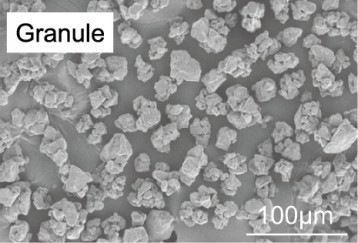
Fig.6 SEM of granulated product
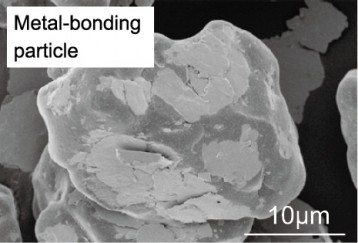
Fig.7 SEM of metal bonded particle
Related equipments

Feel free to contact us. if you have any questions or concerns.

